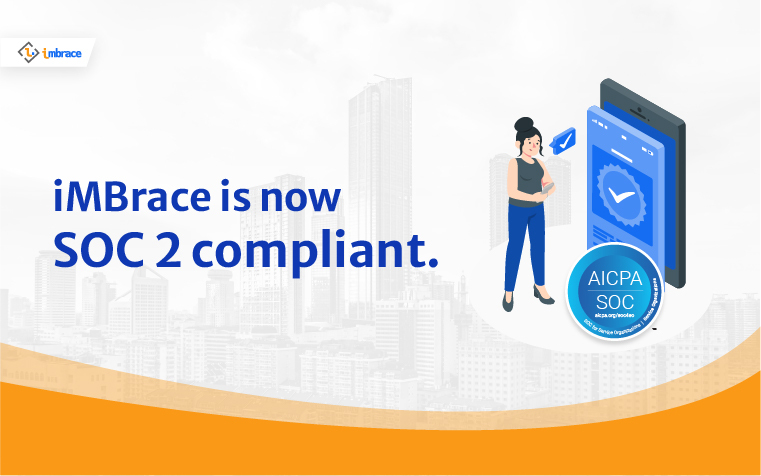Overview
"In today's fast-paced digital world, customers expect seamless experiences across all channels. They want to interact with businesses on their terms, whether it's through social media, email, chatbots, or in-store visits. This is where the omnichannel strategy comes into play. It is a cohesive and integrated approach that ensures customers have a consistent brand experience. In this blog post, we'll explore the four pillars of an omnichannel strategy and how they can help your business stay ahead of the competition. If you're looking for ways to improve your omnichannel chat game, keep reading because we've got some tips for you! "
The Four Pillars of Omnichannel Strategy
- Unified Customer Data:
The first pillar of an omnichannel strategy is having unified customer data across all channels. This means that your business needs a single source of truth for customer information. It should include contact details, purchase history, and preferences. By consolidating this data in one place, you can provide personalized experiences to customers. It doesn’t matter what channel they use to interact with your brand. - Seamless Integration:
Seamless integration is the second pillar of the omnichannel strategy. Your business needs to integrate all channels. This ensures customers can transition between touchpoints. It prevents any disruptions or inconsistencies in their experience. For example, if a customer starts an interaction on social media, they should be able to switch to chatbots. This way, they can pick up right where they left off in their conversation. - Consistent Messaging:
Consistent messaging is the third pillar of an omnichannel strategy. Your business needs to ensure that messaging across all channels aligns with your brand voice and values. Customers should feel like they’re interacting with the same brand regardless of which touchpoint they use. - Ongoing Optimization:
Ongoing optimization is the fourth and final pillar of the omnichannel strategy. Businesses must evaluate their omnichannel approach. This includes gathering feedback from customers. It also involves making necessary changes based on advancements in technology.
This will help you stay ahead by providing better experiences than competitors who are not keeping up with changing trends.
In conclusion, these four pillars are essential for building a successful omnichannel strategy. They include unified customer data, seamless integration, consistent messaging, and ongoing optimization.

The Benefits of an Omnichannel Approach
An omnichannel approach focuses on delivering a seamless shopping experience to customers. This applies across many channels. By adopting this strategy, retailers can reap several benefits that will help them grow their businesses.
Firstly, an omnichannel approach offers customers various options for shopping and services. This enhances customer satisfaction. Whether it's in-store or online, customers can shop from any channel of their preference. This makes their shopping experience more convenient and personalized.
Secondly, retailers adopting an omnichannel approach to experience improved customer retention. With multiple purchasing channels available, customer brand loyalty increases. As a result, they are less likely to switch to other brands. This is because they receive better service through different touchpoints.
Thirdly, an omnichannel approach offers valuable customer behavior insights across many platforms. They can use this data to optimize marketing strategies based on the preferences of each customer.
Implementing an omnichannel strategy helps businesses increase sales revenue. This is particularly true for cross-selling and upselling opportunities. Customers spend more with many purchasing options across channels. Additionally, offering various channels for providing feedback further encourages customer engagement.
What are the pros and cons of omnichannel strategy?
An omnichannel approach offers advantages such as improved customer satisfaction and increased loyalty. It also enables insightful data collection and leads to higher sales revenues. But, like any approach, it comes with its own set of advantages and disadvantages.
One significant advantage of adopting an omnichannel chat strategy is improved customer satisfaction. This is achieved by offering many touchpoints for customers to engage with your brand. A consistent and unified experience across channels meets your target audience's communication preferences. This helps cater to their diverse needs.
On the other hand, implementing this strategy requires a large investment in both time and resources. Integrating different platforms and systems can be challenging for organizations, especially smaller ones.
Another benefit of using an omnichannel approach is increased efficiency. This is particularly evident in handling customer inquiries. By consolidating information into one central location, support agents can access essential data. This eliminates the need to switch between multiple applications or platforms.
However, a potential drawback arises in managing numerous channels. This includes maintaining consistency across all channels, which can be quite complex. Ensuring uniform messaging and branding adds to the challenge.
Besides these points, there is a need to train staff members on utilizing each platform within the omnichannel mix. This may need more time for training sessions and ongoing monitoring efforts by management teams.
Before deciding on an omnichannel strategy, businesses should weigh up these pros and cons. This will help determine if it aligns with their specific needs and objectives.

Conclusion
An omnichannel strategy is crucial for businesses. It enables them to provide a seamless and cohesive customer experience across all channels. By prioritizing integration, consistency, personalization, and flexibility, businesses can build stronger customer relationships. This, in turn, leads to increased revenue. Embracing an omnichannel philosophy and using omnichannel chat platforms can drive long-term success for businesses. This is especially important in today's competitive digital landscape.
But, implementing an omnichannel approach requires careful planning and execution. It is important to keep this in mind. Businesses must understand their target audience to deliver a personalized experience.
You might wanna know: What is Omnichannel Service?
Join iMBrace and increase your productivity.



